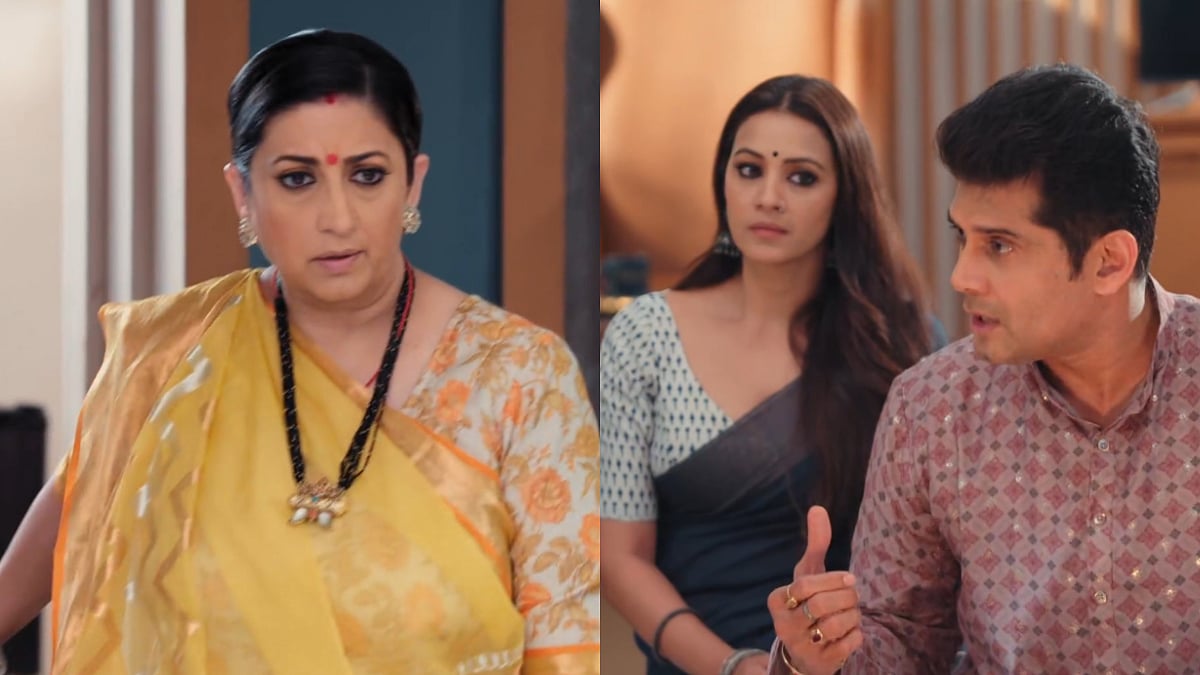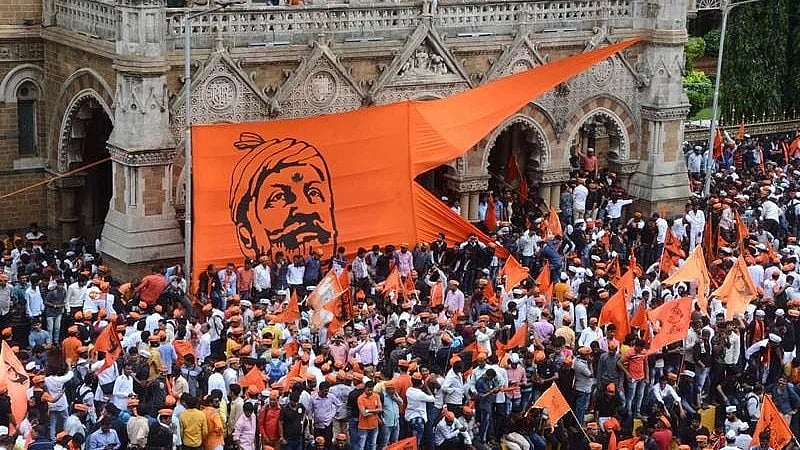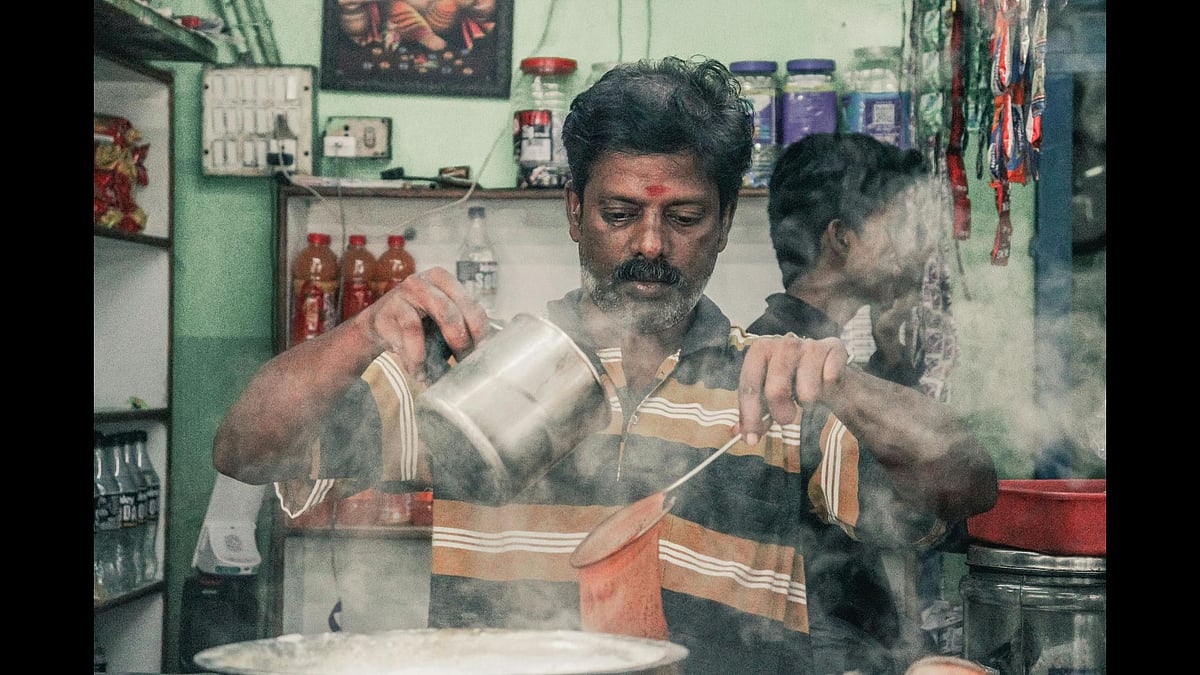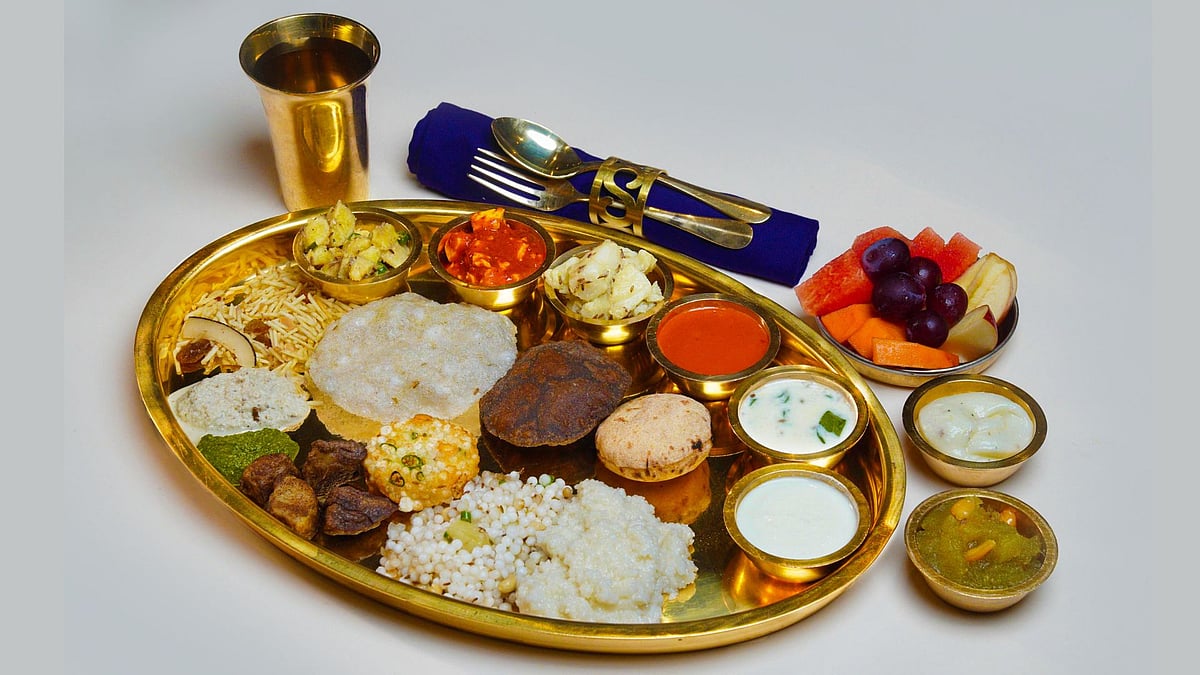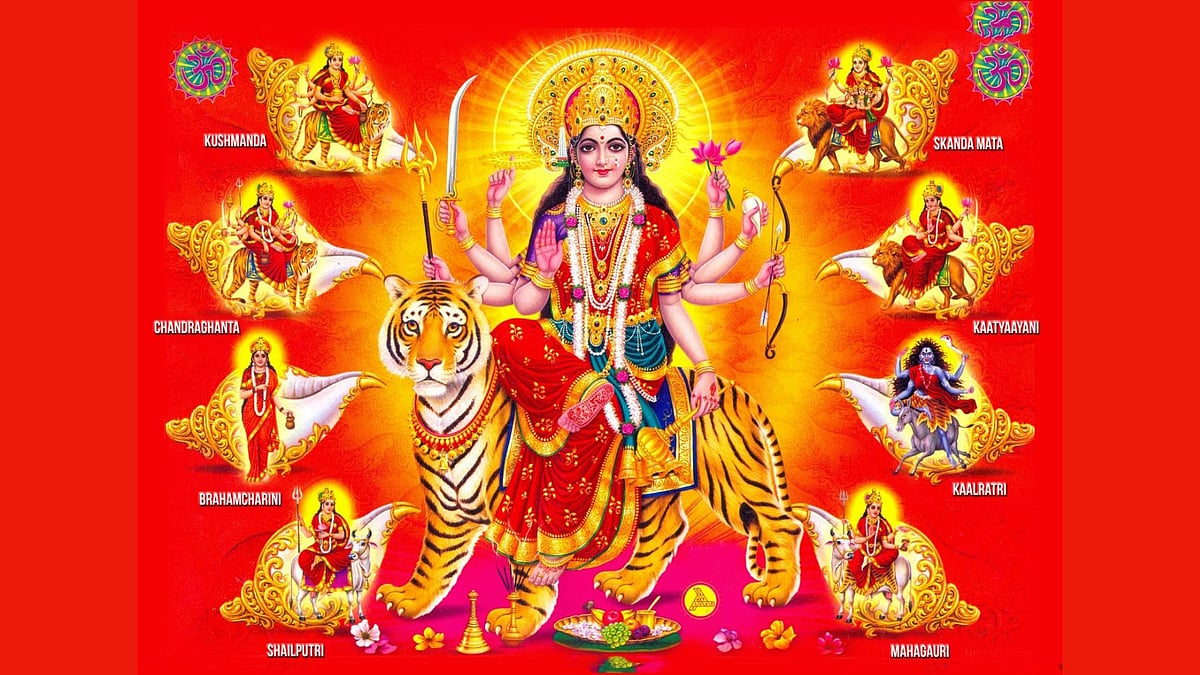The history of tea goes like this: Accidentally discovered in China, when a tea leaf flew into boiling water, it is believed that the drink was served as a customary offering to honour the imperial ruler. Today, there are four main classifications of tea grades – whole leaf, broken leaf, fannings and dust. CTC (cut/crush, tear, curl) is a processing method of black tea into tiny solid bits. “Depending on the variety and the region they are grown, their taste and aroma differ as also the brewing methods influence the taste. Black tea is best-served piping hot,” mentions tea expert Rajeev Baid, CEO & MD of Chai Chun.
Purple tea: With its origin in Kenya, the purple colour can be attributed to the presence of super-antioxidants called anthocyanins. “Preparation of the brew is akin to green tea but the difference is purple tea is a total winner in taste and holds less caffeine and is high on antioxidants,” reveals Nutritionist and Lifestyle Educator Karishma Chawla.
Tandoori chai: This is a social media baby, with rave reviews and hits. Adrak or masala chai is poured into a kulhad which is heated in a tandoor lending it a smoky aroma. New-gen kids love it for the drama it creates.

White tea: Given its raw, mild and unique nature, combined with hint of sweetness, it is counted to be among the most natural form of chai. It is too subtle to take in the richness of milk. Therefore, drink it as is. It has a generous set of health benefits that merit all of us to partake in its holistic healing power. Produced through fringe processing and marginal oxidation, it is largely classified among the super-premium and top-ranking segments.
Butter or Tibetan tea: Consumed in Ladakh, Tibet and Bhutan, it is a salty tea prepared by stirring tea leaves, Himalayan salt and yak butter. “It relieves nausea, eases inflammation and increases blood circulation,” says Independent dietician Ritvika Shekar from Pune.
Orange Pekoe tea: The earliest and most tender leaves of tea also known as new flush tea leaves make their rank in this category. Generally, from India or Sri Lanka, it refers to the size and looks of delicate leaves plucked from the plant bud. Best enjoyed minus milk or creamer.
Darjeeling teas: Orthodox teas from Darjeeling are considered ‘Champagne of teas’ and are avowed for their refined medley of flavours. Teas from this region are classified in line with the seasonal flushes. Each season tea leaves are harvested and every batch brims with its blend of subtle aromas and flavours. “The first flush teas are processed from the leaves that the tea bushes shoot in early spring. They steep a very light cup with enticing floral hints to them. While second and Autumn flush teas are a bit darker and full-bodied with a distinct woody touch,” vouches Rajeev Baid, adding further, “Darjeeling teas taste best without any condiments, not even sugar and milk.”
Irani chai: Also known as Hyderabadi Dum Chai, it was introduced by Zoroastrian Persian immigrants in British India. It is made by adding mawa or khoya to black tea. Rich and sweet, the tea is traditionally served with sweet-salty Osmania biscuits.

Picasa
Assam tea: For a malty and rich tea-drinking experience, CTC teas from Assam are often consumed with milk and sweetener. Assam teas are black and more full-bodied, bold and high in tannins. Tannins naturally have a bitter taste. “Black tea has the most tannins, then oolong, green followed by white tea with the least levels. It’s a common misunderstanding that tea gives acidity. Tea brewed with milk and sugar is the main culprit for acidity,” states Tea Guru and Co-founder of Mumbai Chai, Kavita Mathur.
Assam Green tea: Green teas can be vegetal or smoky depending on where they are produced and the method of processing. According to Kavita Mathur, “Matcha tea is vegetal when compared to Japanese Sencha which has a hint of smokiness.” Avoid adding milk to these. Consuming it daily helps reduce your belly fat apart from its antioxidants that prevent inflammation.

Dirty Chai Latte: This distasteful name stands for masala chai with an espresso shot. Accidentally invented in the 1990s in England when a barista, concocting a chai latte for an American traveller, added a shot of espresso. Nevertheless, the traveller gave it a try, enjoyed it and it went on to become popular.
Oolong: Distinctly woody, “Oolong is a semi-oxidised tea with a body slightly less than black tea but very rounded in flavours, can be smoky or toasty,” says Kavita Mathur. Packed with amino acids, its consumption reduces anxiety, and stress and improves sleep quality. Served without milk or sugar, honey is a relevant option for those who like sweetness in their cuppa.
Japanese tea ceremony
It is the Japanese version of our ‘athithi devo bhava’- an aesthetic and elaborate art of welcoming guests. The ceremony is conducted in a special room decorated with floral arrangements, detached from the main house and requires certain etiquettes to be followed. Guests are seated kneeling on tatami (straw mat flooring). They are offered special sweets. The host or tea master brings the tea utensils and prepares green tea methodically and with attention to detail. For instance, it is thin and foamy with a slightly acerbic flavour. The first brew, poured into a bowl, is offered to the most important person in the room.




